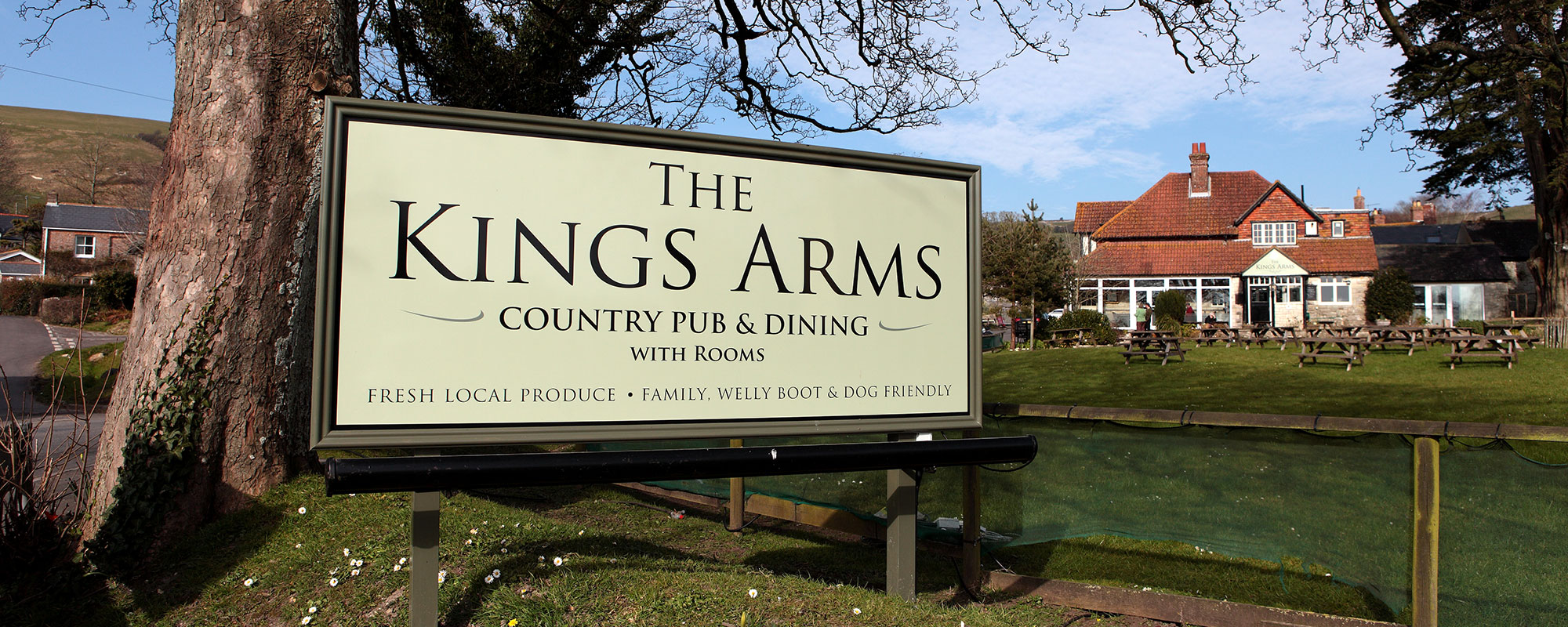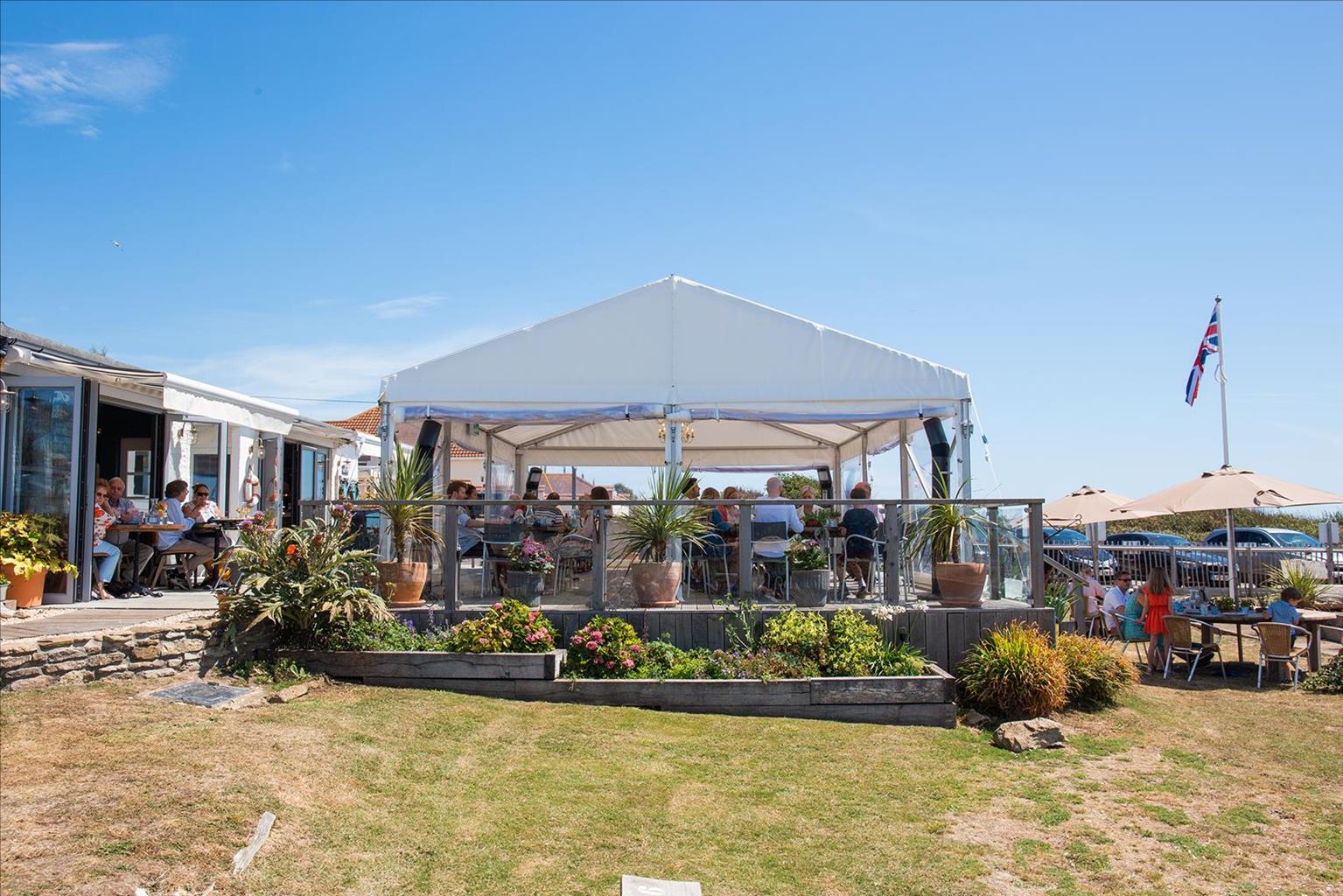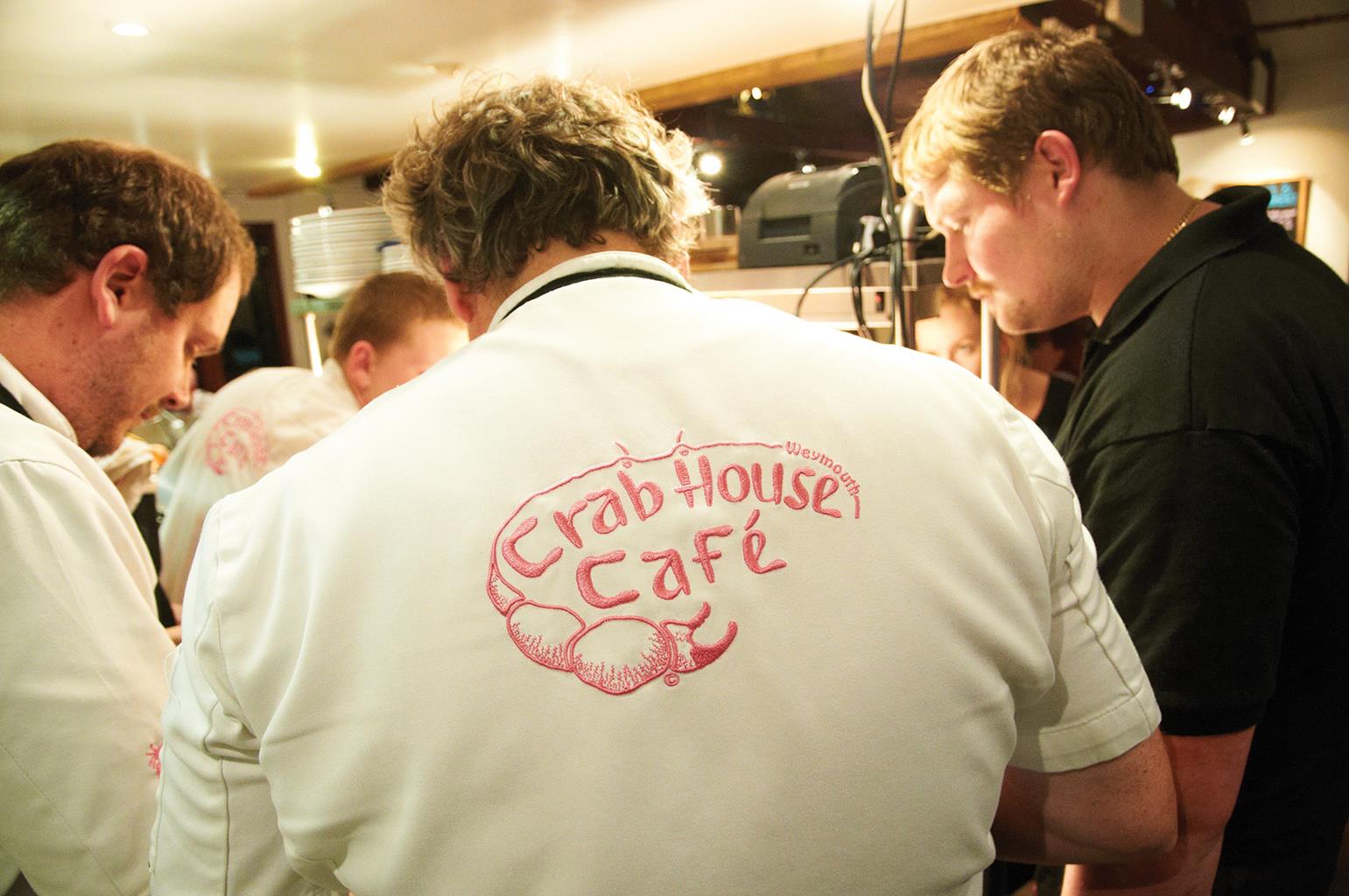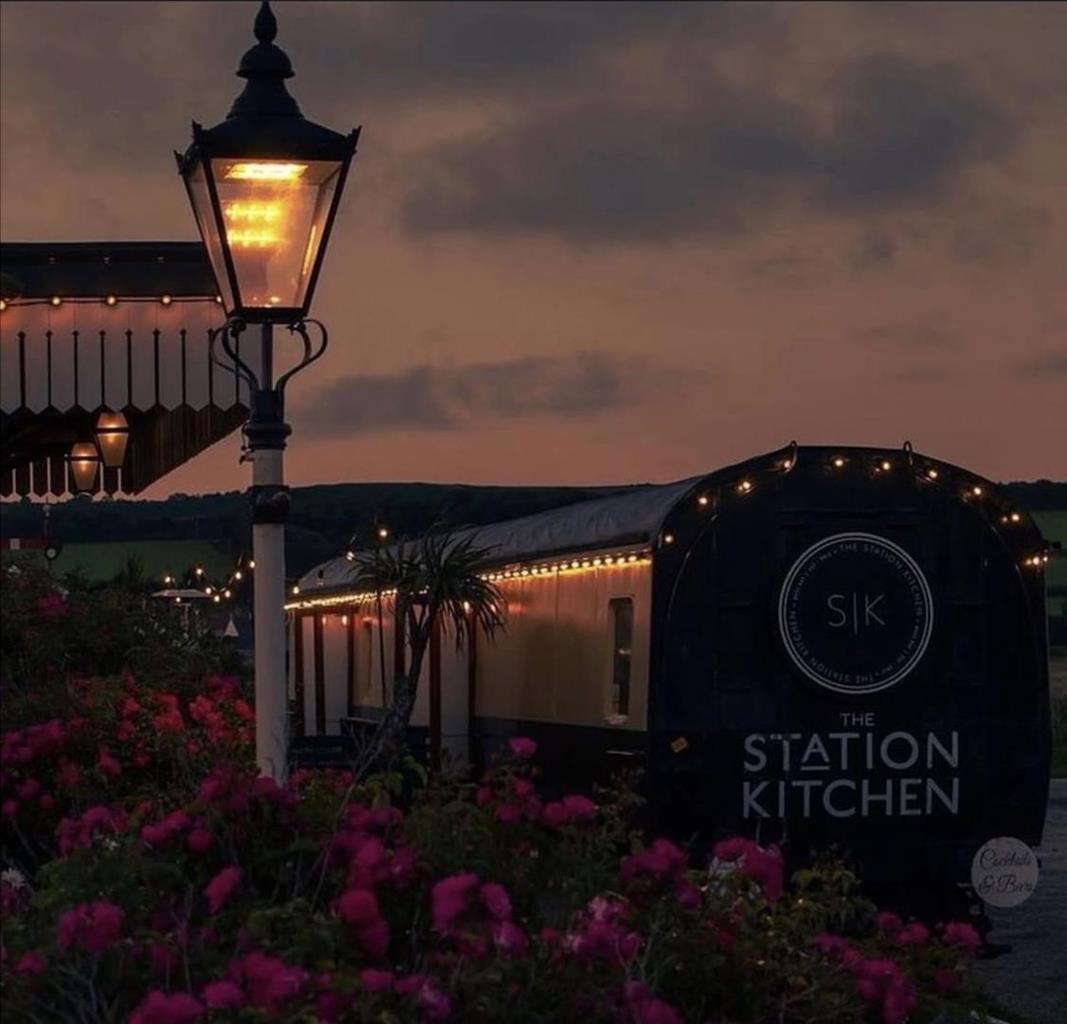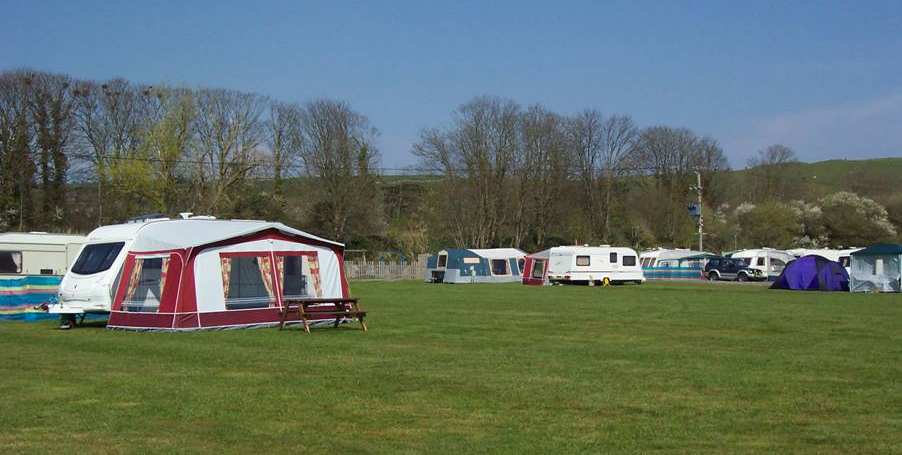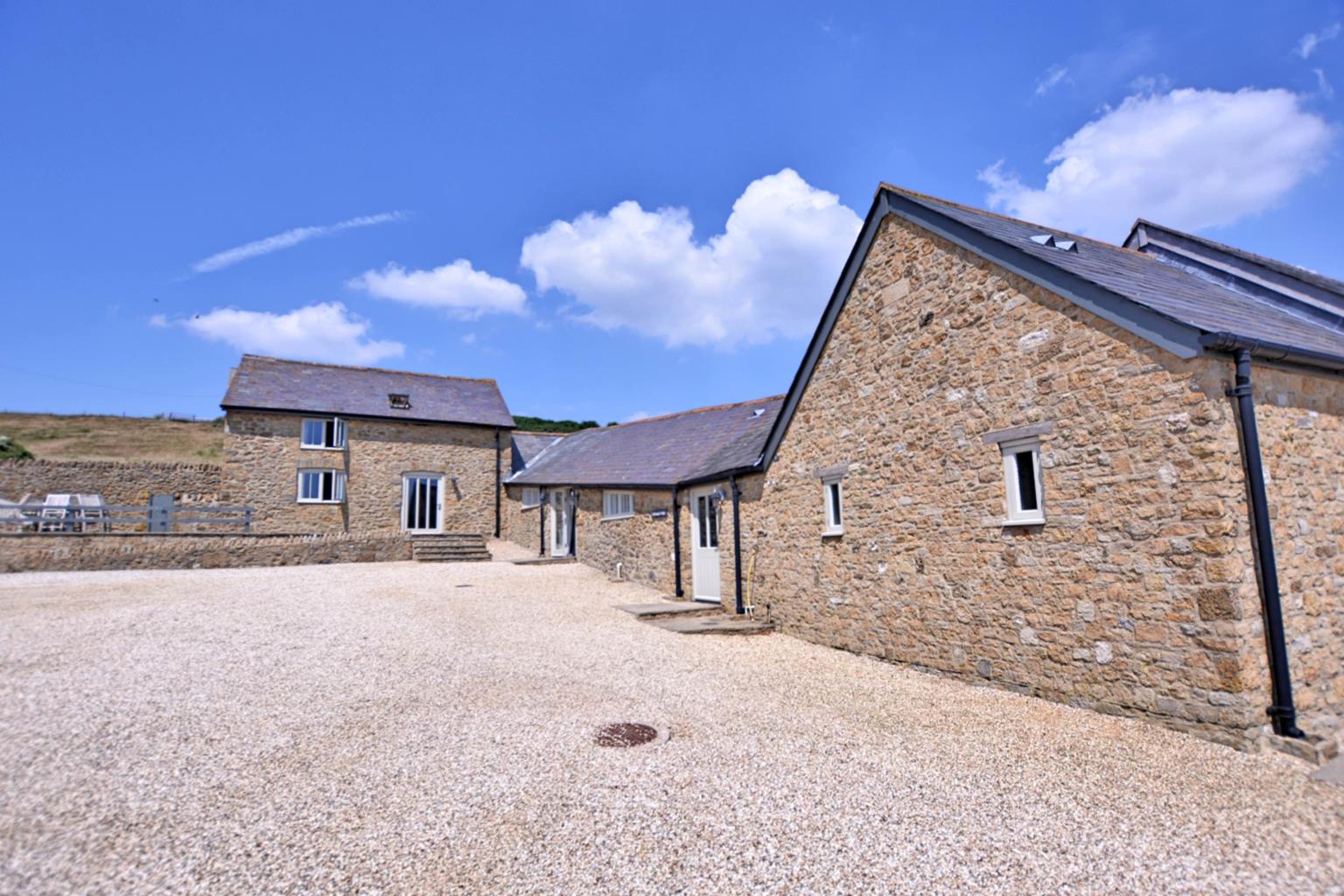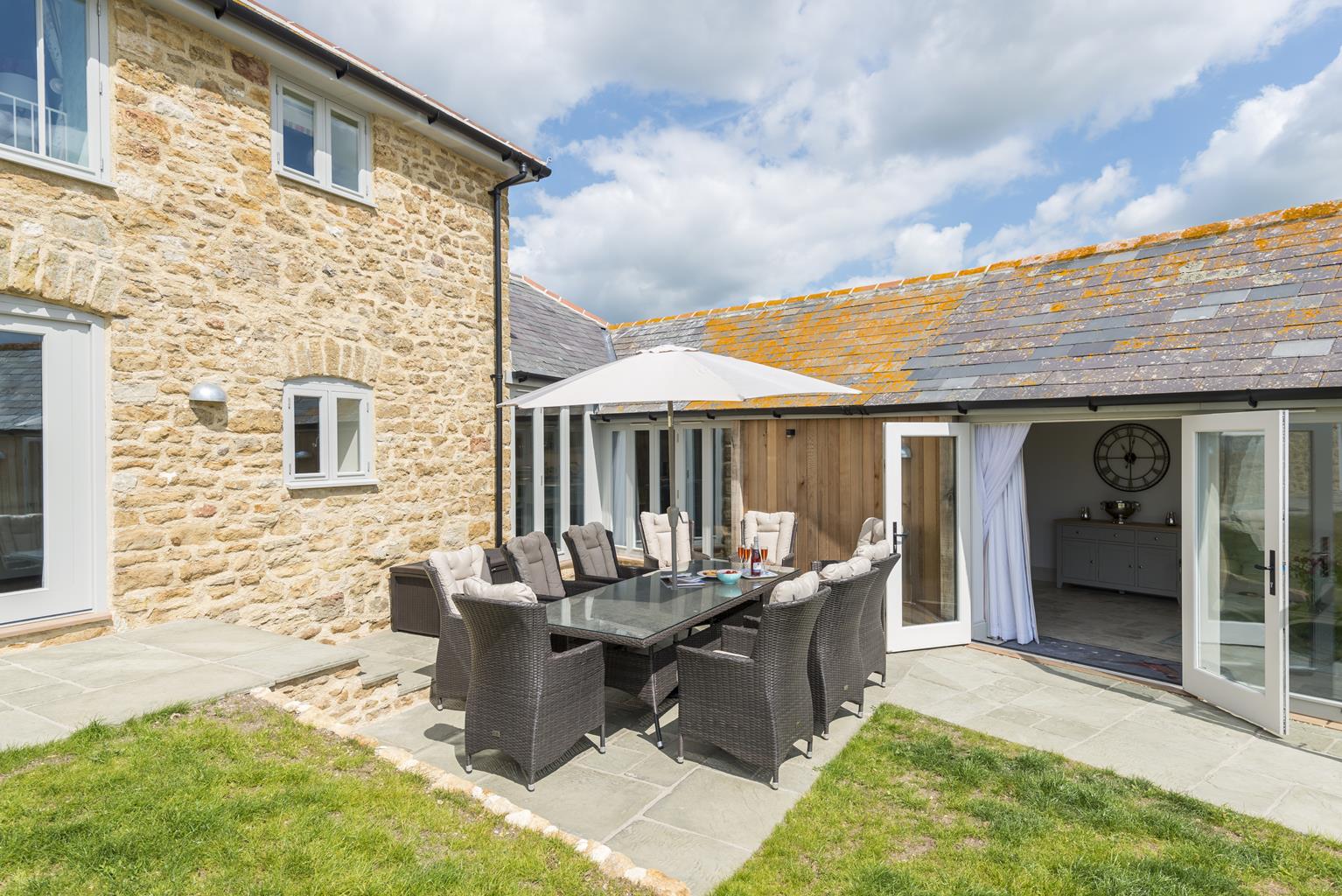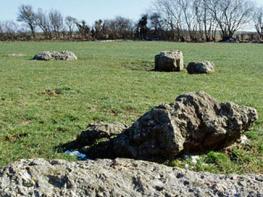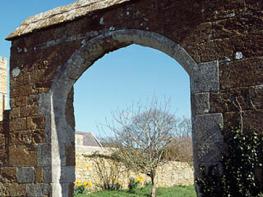Situated on the coast road, approximately halfway between Weymouth and Dorchester, this long-…
Black Down and Hardy Monument

7.5 miles (12kms)
About the walk
Admiral Hardy is remembered today as the friend to whom Lord Nelson addressed his dying words at the Battle of Trafalgar: ‘Kiss me, Hardy.’ (Or, as perhaps seems more likely, ‘Kismet [fate], Hardy.’ He was a hero in his own right too, with his features decorating jugs and tankards of the time. Thomas Masterman Hardy was born in 1769 at Kingston Russe, near Long Bredy, and raised at Portesham House in Portesham, under the hill of Black Down. At 15 years of age he slipped secretly aboard a merchant ship, where he served before enlisting in the Royal Navy.
Hardy’s naval career was illustrious. In 1796, as first lieutenant, he boarded a captured ship when he suddenly saw Nelson’s vessel in danger from a Spanish squadron. Hardy hoisted the British flag, drawing the Spanish fire to his own vessel. He was captured, but was later returned in an exchange of prisoners. Some months later a man went overboard from Hardy’s ship while he and Nelson were being pursued by a Spanish squadron. Hardy stopped to pick him up, Nelson stopped in support, and their bold action so surprised the Spanish that they broke off their pursuit. Hardy became the captain of Nelson’s flagship at many of his most famous battles, including the Nile in 1798. After Nelson’s death at Trafalgar, it was Hardy who took command of the fleet. Hardy stayed in the navy for another 30 years. His final service was as Governor of Greenwich Hospital, where he died and was buried in 1839.
Compared to his literary namesake, you’ll find few Dorset memorials to this Thomas Hardy, but there is one monument – and it’s a big one. Set high on Black Down hill, the Hardy Monument, solid and reliable as Hardy himself, looks like a Victorian chimney. You can climb up inside on summer weekends. Even if it is closed, the views over a sea of green fields and down to Portland are superb.
Walk directions
From the monument, head to the car park exit but, just before the barrier, turn down left (southwest) opposite a waymark post signed ‘Inland Route’. The path crosses a track, and runs down into woods and through a gate. Turn left here along a path to exit between two wooden posts. Turn right along a track, and at once bear left, to cross a stone stile. Cross a wooden stile to walk up the left edges of two fields along an enclosed path that harbours three more stiles. Go over a stone stile and immediately a wooden stile. Bear half left, aiming to the left end of a barn, and leave the field via a gate to a road.
Go straight over towards a farm along a track signed ‘Abbotsbury Hill Fort’. Go through a gate then another gate to the left of some barns. In 140yds (130m) bear right. Pass Hampton Stone Circle and keep straight on. Go through a field gate and follow the field fence. Go through a galvanised gate beside a field gate (signed ‘South Dorset Ridgeway’) and continue to the right of a fence, turning right at a gate and stone marker signed ‘West Bexington’, and turn right up through a gate to a road.
Turn right and take the first road left. Soon, at a cattle grid, bear right along a track. In 33yds (30m) keep ahead through a gate (English Heritage marker) on a grass track to the right of a hedge, fenced off from fields on the right. Follow this through three fields to a track junction.
Go ahead through a field gate signed to Kingston Russell Stone Circle, to the stone circle in the field beyond. Pass to the right of it (north) to a small gate in the far fence. Slant steeply downhill (still north), passing right of some grassy earthworks (the remains of prehistoric round huts). At the slope foot follow a fence down to the right, to a gate in an electric fence. Through this, bear left along a track, with the fence to your left, for 200yds (180m) to a gate.
Down through this gate keep ahead to a hedge, and turn right alongside it. Halfway down the field, turn right and cut across it, to a small gate in the opposite hedge. Cross a ditch and stream, and keep ahead to join the hedge along the field top. At this field’s end, cross a double stile, and contour forward (east), then drop gently to cross a footbridge. Head up through the streamside trees, then slant up to the right to a stile. Head uphill, parallel with the road that’s at the field top, soon seeing Littlebredy Church ahead. Cross the final field, then take a path passing to the right of the church. Go left through a gate and turn right onto the road. In 110yds (100m) bear right at a cycle route sign. Continue past Crow Hill Cottage and up a long hill to a road junction.
Turn right then along the lane for 300yds (275m). Just after a bridleway signpost, turn sharp left onto a green track. This bends right to become a mud path beside some woods and past a barn. Cross the road and go straight ahead, to the left of the woods. The wide path descends into the woods and divides: here turn up to the right. The path runs above the top edge of the woods, joining a track to reach the roadside below the Hardy Monument. Turn right, and take a rising path to the right of the road to reach the monument.
Additional information
Field tracks, quiet roads, woodland tracks
Rolling hills and escarpments above Abbotsbury
Some unfriendly stiles and electric fences
OS Explorer OL15 Purbeck & South Dorset
By Hardy’s Monument, signed off road between Portesham and Winterborne Abbas; also at barrier down east of monument
None on route; nearest toilets are in Back Street, Abbotsbury
WALKING IN SAFETY
Read our tips to look after yourself and the environment when following this walk.
Find out more
Also in the area
About the area
Discover Dorset
Dorset means rugged varied coastlines and high chalk downlands. Squeezed in among the cliffs and set amid some of Britain’s most beautiful scenery is a chain of picturesque villages and seaside towns. Along the coast you’ll find the Lulworth Ranges, which run from Kimmeridge Bay in the east to Lulworth Cove in the west. Together with a stretch of East Devon, this is Britain’s Jurassic Coast, a UNESCO World Heritage Site and Area of Outstanding Natural Beauty, noted for its layers of shale and numerous fossils embedded in the rock. Among the best-known natural landmarks on this stretch of the Dorset coast is Durdle Door, a rocky arch that has been shaped and sculpted to perfection by the elements. The whole area has the unmistakable stamp of prehistory.
Away from Dorset’s magical coastline lies a landscape with a very different character and atmosphere, but one that is no less appealing. Here, winding, hedge-lined country lanes lead beneath lush, green hilltops to snug, sleepy villages hidden from view and the wider world. The people of Dorset are justifiably proud of the achievements of Thomas Hardy, its most famous son, and much of the county is immortalised in his writing.
Nearby stays
Restaurants and Pubs
Nearby experiences
Recommended things to do
Why choose Rated Trips?
Your trusted guide to rated places across the UK
The best coverage
Discover more than 15,000 professionally rated places to stay, eat and visit from across the UK and Ireland.
Quality assured
Choose a place to stay safe in the knowledge that it has been expertly assessed by trained assessors.
Plan your next trip
Search by location or the type of place you're visiting to find your next ideal holiday experience.
Travel inspiration
Read our articles, city guides and recommended things to do for inspiration. We're here to help you explore the UK.


